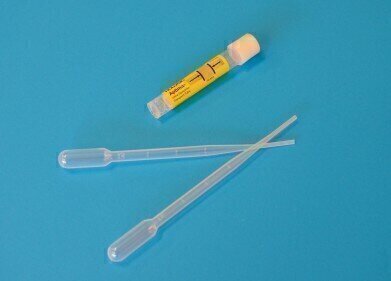-
 Scientists have identified the evolution of MRSA clone success.
Scientists have identified the evolution of MRSA clone success.
Electrophoretic Separations
Quantitative analysis used in MRSA study
Sep 30 2011
CA-MRSA is now the predominant strain of MRSA isolated in the state of Western Australia, with the team from Royal Perth Hospital aiming to gain insight into the frequency of S.aureus SCCmec acquisition within a region.
The study, published in BMC Microbiology, found that the CA-MRSA population in Western Australia is genetically diverse and has some 83 unique pulsed-field gel electrophoresis strains, 46 MLSTs of which have been characterised.
It determined that although SCCmec IV and V are the predominant SCCmec elements, SCCmec VIII and several novel and composite SCCmec elements are present.
"Only three clones have successfully adapted to the Western Australian community environment. These data suggest the successful evolution of a CA-MRSA clone may not only depend on the mobility of the SCCmec element but also on other genetic determinants," the report concluded.
Digital Edition
Chromatography Today - Buyers' Guide 2022
October 2023
In This Edition Modern & Practical Applications - Accelerating ADC Development with Mass Spectrometry - Implementing High-Resolution Ion Mobility into Peptide Mapping Workflows Chromatogr...
View all digital editions
Events
ACS National Meeting - Fall 2024
Aug 18 2024 Denver, CO, USA
Sep 04 2024 Chiba, Tokyo, Japan
Sep 04 2024 University of Warwick, Coventry, UK
Sep 10 2024 Rockville, MD, USA
Plastics Recycling World Expo Europe
Sep 11 2024 Brussels, Belgium













